
Perennials: in plug plants, in pots or in containers?
Advantages and disadvantages of each packaging.
Contents
There are thousands of varieties of perennial plants suitable for all situations in the garden. Whether in borders, in the vegetable garden, as groundcover, in a hedge, or to brighten up a shady area, both beginner and experienced gardeners will surely find their joy.
Unlike so-called “annual” plants, these plants have the advantage of being perennial and living for several years. They can include flowers, grasses, herbs, vegetables, etc.
When purchasing, you will need to choose the right packaging, between plug plants, pots, or containers, each having its advantages and disadvantages. So let’s take a moment to help you make the right decision when choosing perennial plants for your garden.
Perennial plug plant
Perennial plants in plug plants are no longer reserved for horticulture or market gardening professionals, but are now increasingly popular among private individuals. This packaging is a complementary option, a perfect intermediary between sowing seeds and the young plant in a pot.
Plug plants have the main advantage of eliminating the sometimes difficult and technical step of seed germination during sowing. Subject to numerous factors, it is indeed not always easy to achieve: specific timing to respect, damping-off, leggy seedlings, managing light and humidity conditions, pest control, etc.
Moreover, with plug plants, the growth duration, necessary care, storage, and transport are less demanding than with perennial plants grown in pots. Their price is therefore generally much lower.
Perennial plants develop their root system gently, which promotes establishment. This also helps to avoid the risk of root balling. To learn more about identifying and preventing this phenomenon, as well as the steps to follow before planting, feel free to consult our dedicated advice sheet: What is root balling and how to avoid it?
Plug plants may seem smaller and less robust than those in pots or containers, but their flowering and growth are often quicker.
Plug plants can be sold in trays, as with hardy geraniums, or individually, protected by a plastic shell. The trays can hold several dozen plants, allowing for easy and quick coverage of a large area. Trays of plug plants are therefore the ideal solution for using multiple perennials to plant in borders or containers, for example.
Finally, while plug plants were less common a few years ago, the selection is now expanding, and it is possible to find many varieties of perennial flowers or other perennial plants in this packaging.
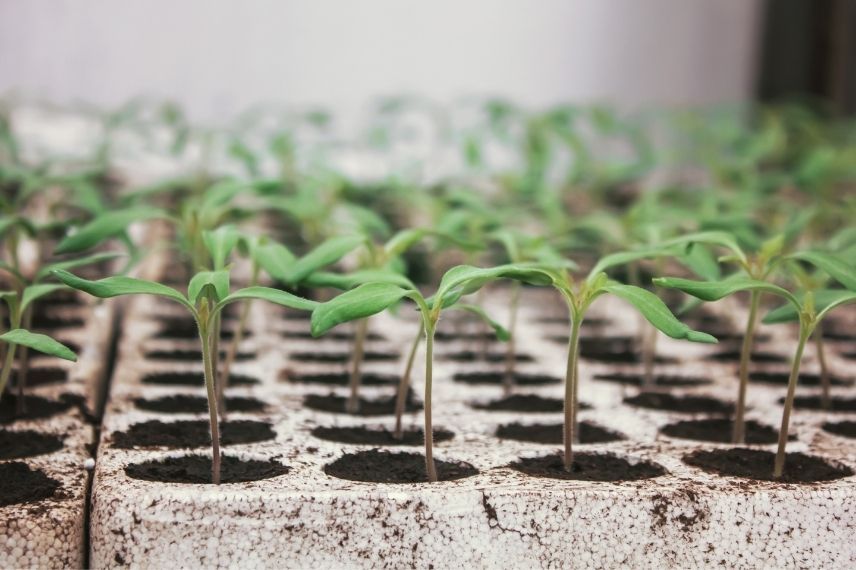
Planting Period and Precautions
Perennial plants in plug plants are delicate, which is why they should be handled as quickly as possible after purchase or receipt.
Moisten the plugs before planting. For repotting in containers, balcony boxes, or pots, the plants can be installed directly. For planting in open ground, it is preferable to transfer the plug into a pot beforehand (2 to 3 times larger than the plug) for a few weeks, to allow the plant to develop further and strengthen.
Planting should ideally be done in spring, once the last frosts have passed.
If a perennial in a plug plant already has a flower or a flower bud, do not hesitate to remove them, so that the young plant can focus on root production. Don’t worry, this will not negatively impact future flowering, but will instead ensure good vigour and strength of the plant in the long term.
If some plants show yellow or leggy stems, there is no need for concern: transport in dark boxes without water may have affected the aerial parts, but it does not necessarily impact the future health of the seedling. It will generally look better in the coming days.
In Summary
Pros:
- quicker and simpler than sowing
- good quality root system
- successful establishment
- cost-effective (less expensive than perennials in containers)
Cons:
- limited availability (not all year round)
- quick planting after purchase (no long-term storage possible)
- more expensive than sowing yourself
- repotting into pots may be necessary before planting (additional step)
Read also
Lifespan of perennial plantsPerennial in pot
You have certainly encountered it many times in garden centres, nurseries, shops, or online: the potting of plants in pots is particularly widespread. These are small cube-shaped pots, usually made of plastic, measuring less than 10 cm.
This type of packaging typically concerns relatively young, fast-growing plants. Generally, plants will reach their ripeness one to one and a half years after planting. Potting allows for good preservation of the plants, which will require little time to settle in and bloom well.
You can purchase flowering perennials such as hardy geraniums, iris, or daylilies, for example, in this format. Aromatic perennials like thyme or oregano are also often available in pots.
Some pots with perforated walls even help to avoid the “root ball” effect, allowing roots to develop in all directions without the risk of entanglement.
Requiring more care and longer storage than plug plants, they are more expensive to purchase. However, this packaging allows pots to be kept for several days, even weeks, before planting, if the timing is not right.
Our perennials are generally delivered in 9 cm pots, ensuring well-rooted plants.
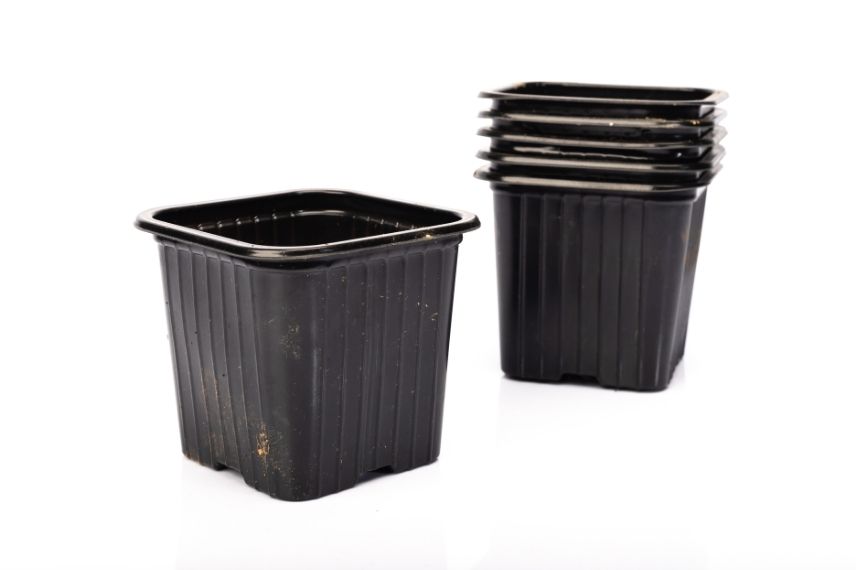
Planting Period and Precautions
Planting can take place all year round, except during winter frosts and summer droughts. However, ideally, perennials have a better establishment when planted in early spring or autumn, during their resting period. The soil is indeed cool, but the temperatures are mild, and the ambient humidity is favourable.
The perennial plant in a pot can be replanted in a container, in a border, or in a hedge without any prior steps.
Ensure that the plant has a good stump, a sufficient number of roots, and possibly well-swollen buds. Note that the absence of foliage, or unattractive foliage (stained, yellowing leaves…) during the resting period is perfectly normal.
In Summary
Pros:
- available all year round
- planting almost all year round
- possible storage before planting
- easy and quick planting
- wide choice of varieties
Cons:
- more expensive
- risk of root balling
- plastic container is not very eco-friendly
Discover other Perennials
View all →Available in 1 sizes
Available in 0 sizes
Available in 1 sizes
Available in 1 sizes
Available in 1 sizes
Available in 2 sizes
Available in 1 sizes
Available in 1 sizes
Available in 1 sizes
Available in 1 sizes
Perennial in pot
Potted and containerised perennial plants generally refer to older, larger, or slow-growing plants. This includes, for example, cacti and succulents, ornamental grasses, colocasia, and hellebores.
Pots typically hold between 2 to 10 litres. Our peonies, for instance, are available in pots of 7.5 to 10L.
A potted plant has the advantage of being immediately decorative in the garden. It is the ideal solution if you are a busy gardener, need to fill a space quickly, or want to green an area without delay.
The care provided for a longer period than for plants in pots, along with the storage and transport of pots, obviously affects the selling price: this is the most expensive option for purchasing perennial plants.
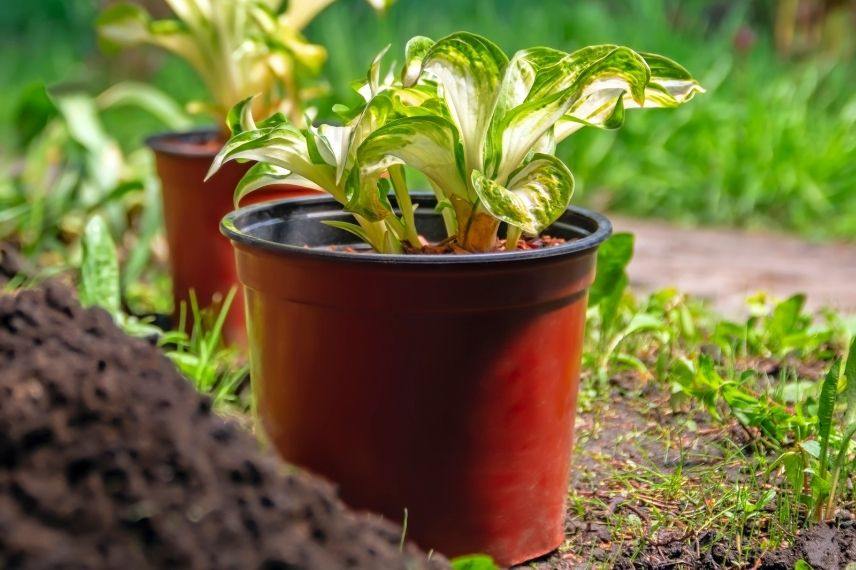
Hosta in pot
Planting Period and Precautions
Like plants in pots, potted or containerised perennials are generally available all year round. They can be planted in any season, avoiding extreme temperatures. However, early spring and autumn remain the most favourable periods.
Before purchasing, check if possible the condition of the root system and whether there is a root ball that will need untangling.
Before planting, soak the root ball by immersing it in a basin or bucket of water for several minutes, to rehydrate the roots and make it easier to remove the container.
Do not hesitate to remove faded flowers and broken stems to relieve the plant.
Contrary to what one might think, older plants can be more delicate to handle than young plants, especially with their tender aerial stems in spring. So be careful during planting.
Finally, to facilitate establishment, ensure regular watering during the first summer, even for perennials that do not have high water needs at maturity.
In Summary
Pros:
- immediate aesthetic effect in the garden
- available all year round
- planting possible throughout the year
- storage possible before planting
- wide choice of varieties
Cons:
- more expensive
- establishment may be slower
- risk of root ball
- plastic container is not very eco-friendly
- Subscribe!
- Contents
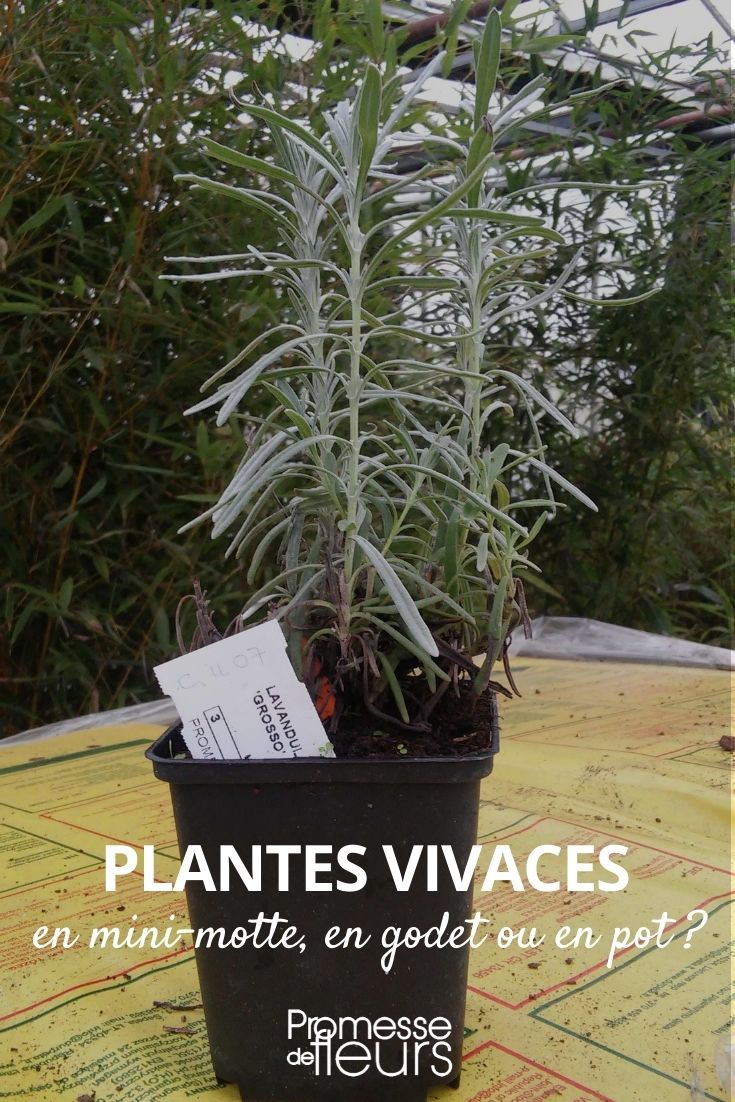































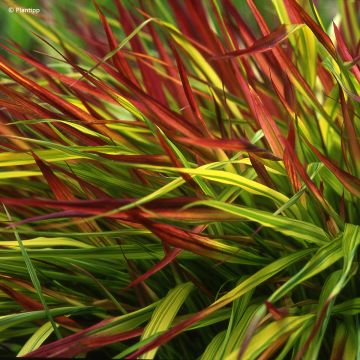


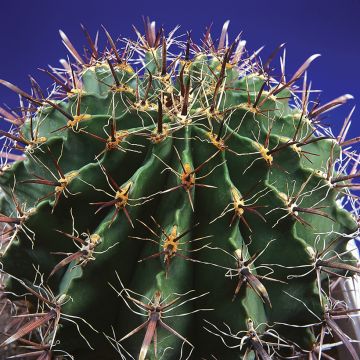
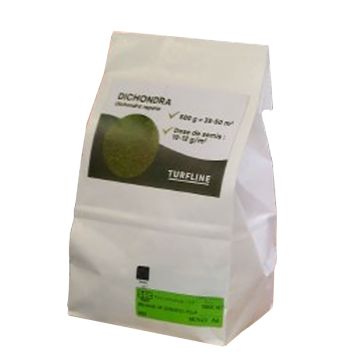

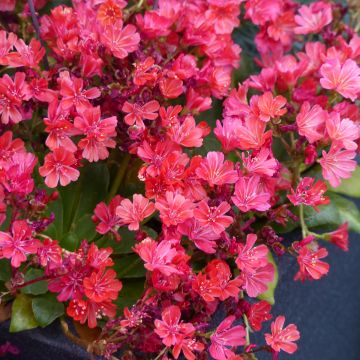
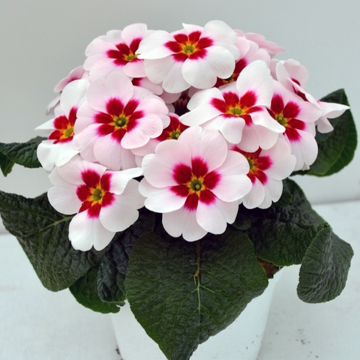
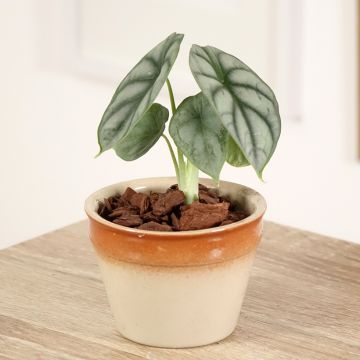
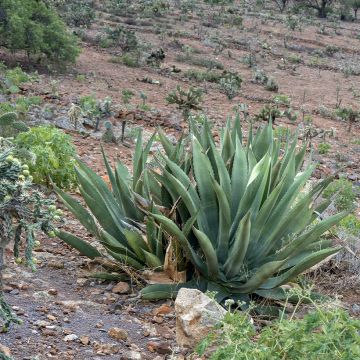
Comments